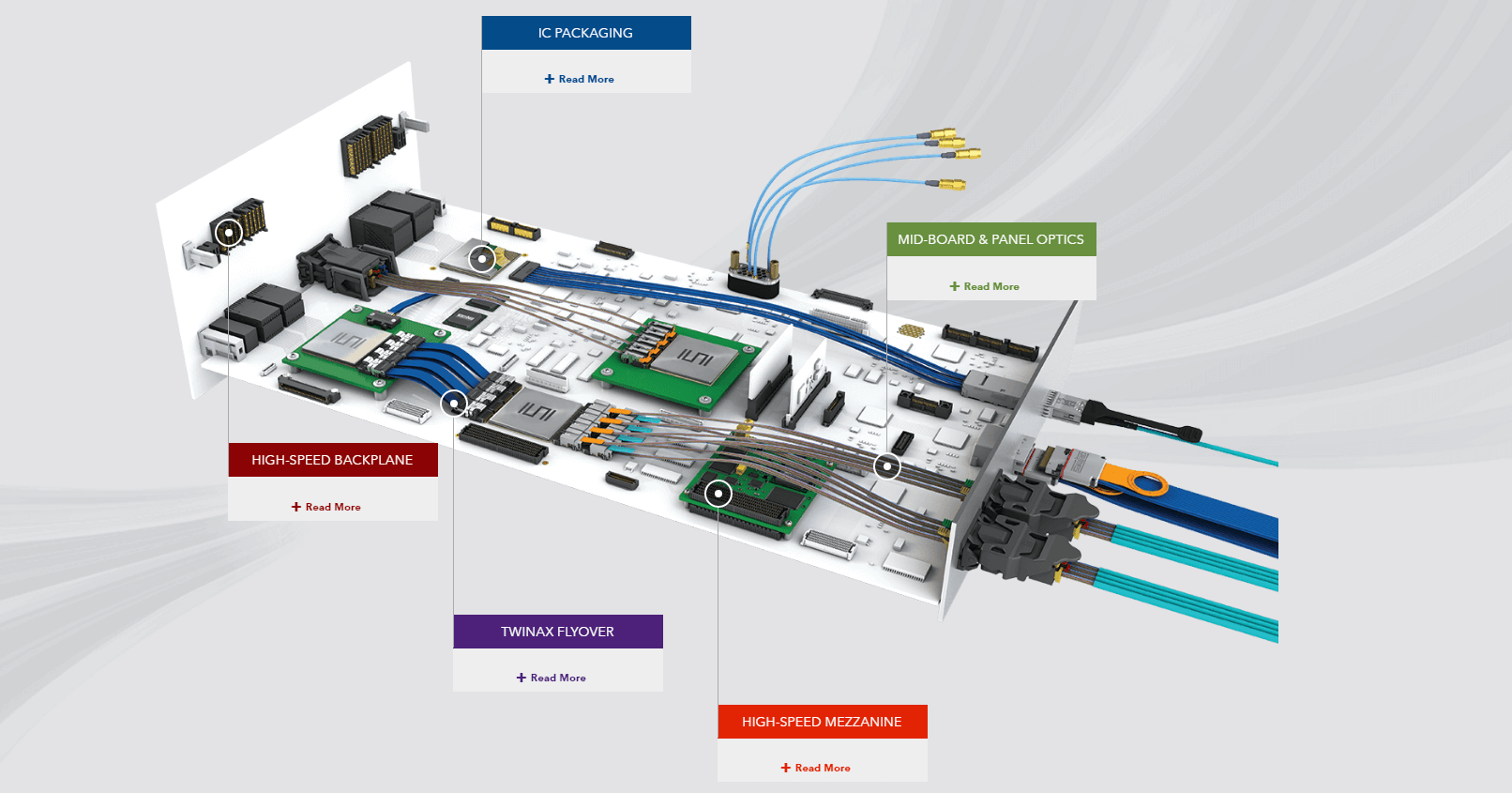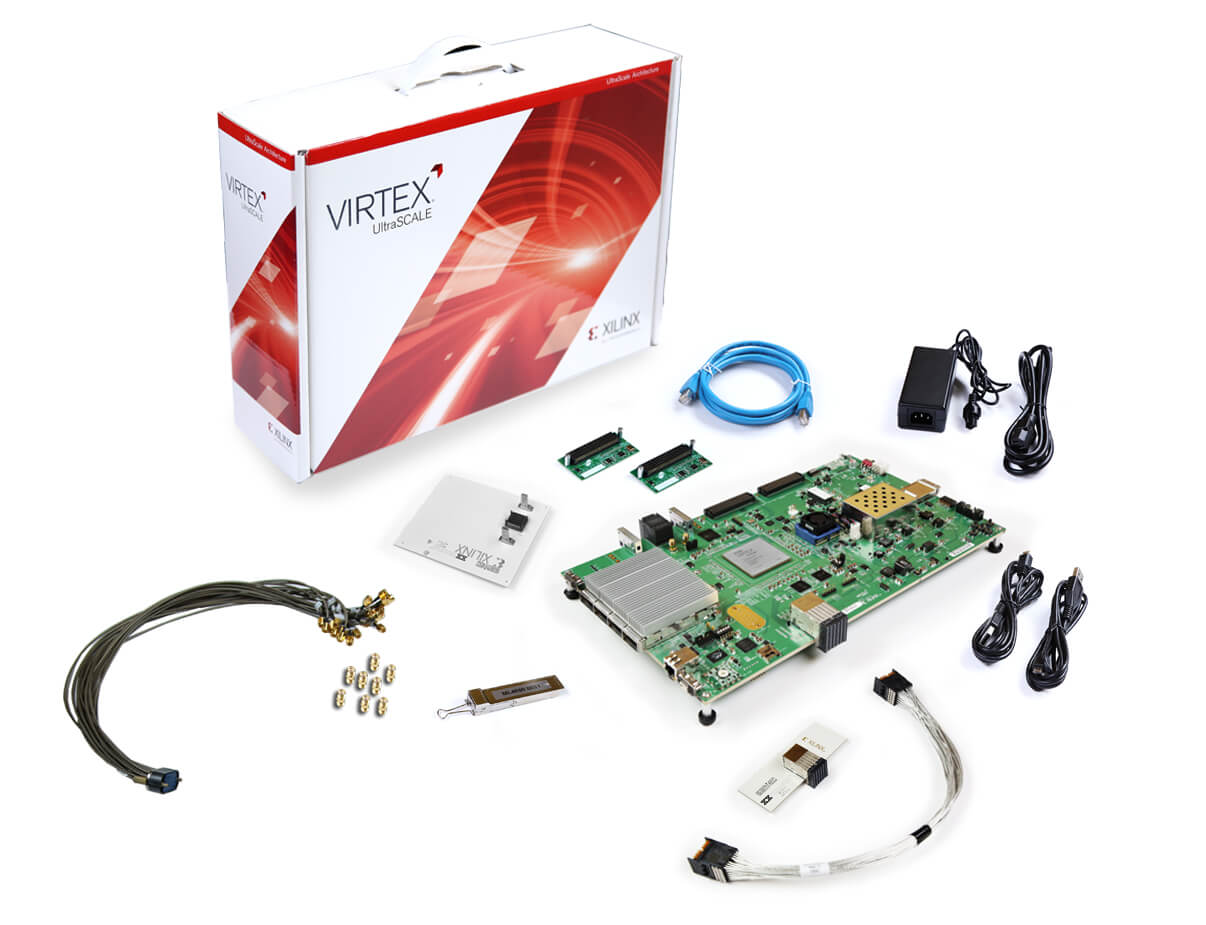Data rates continue to increase unfettered. While the ubiquitous demand for more bandwidth seems to have no end, silicon as a semiconductor has practical limitations in the data rates it can support.
One possible solution for this challenge is silicon photonics. The technology uses silicon as a laser for data transmission between ICs, but leverages the existing semiconductor fab techniques for mass production.
What is Silicon Photonics?
Silicon photonics as a technology enables miniaturization of discrete optical components onto a single device. This greatly reduces the size and complexity of the systems. This helps to reduce power consumption and system cost. It also enables higher data rates (50Gbps+) between ICs instead of between systems enabling greater data throughout the telecom/datacom network.
Sounds easy, right? If that were the case, the technology would be commercially available and widespread. It turns outs that placing miniaturized optical waveguides, modulators, photodiodes and muxes/demuxes can be quite challenging.
Silicon Photonics Research
Several research efforts – academia, industry and government-sponsored – are sprouting around the globe to delve into the emerging technology. The American Institute for Manufacturing Integrated Photonics (AIM Photonics) is one example.

Backed by the New York State Photonics Board, AIM is an industry-driven public-private partnership focused on transitioning technical advances, scale, processes and approaches the semiconductor industry has experienced photonic integrated circuit (PIC) industry.
Samtec Joins AIM Photonics

“Samtec is thrilled to be a part of AIM Photonics and to make critical contributions towards achieving its goals. For example, miniature on-board optical transceivers, such as our FireFly™ Micro Flyover System™, enable ultrafast interconnects at speeds, distances and densities that traditional copper interconnects cannot achieve” said Marc Verdiell, CTO of Samtec Optical Group.
“The next generation optical transceivers running at 50 Gb/s and 100 Gb/s per lane will require novel silicon photonics chips and advanced optical packaging. Our collaboration with AIM and SUNY Polytechnic Institute will accelerate the research and development of these cutting-edge optical manufacturing technologies.”
For additional details on Samtec joining AIM, please read the original press release.


